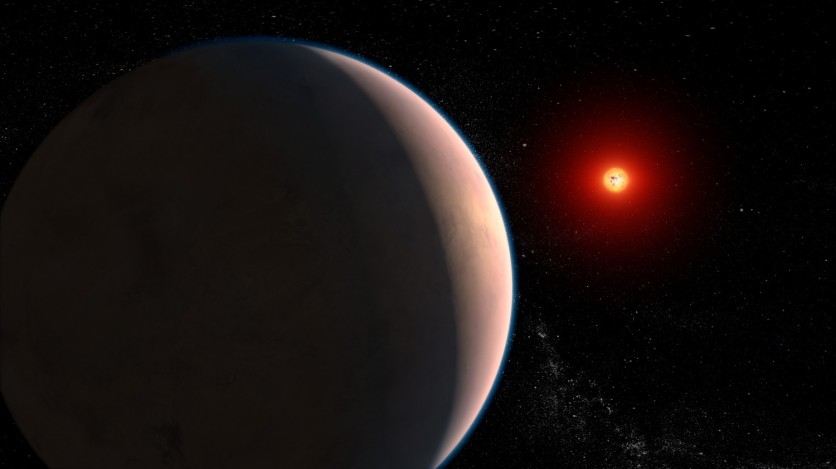NASA's James Webb Space Telescope has done it again. This time, it may have discovered something that could completely revolutionize our understanding of habitable planets.

Water on Super Hot Exoplanet
The planet in question, GJ 486 b, is a rocky exoplanet orbiting a red dwarf star that is way too close to its star to have liquid water.
But, as the telescope's Near-Infrared Spectrograph has detected, water vapor is on the super hot exoplanet. This major discovery could change the game for exoplanet science forever.
However, the discovery comes with a catch. Scientists are unsure if the water vapor is part of the planet's atmosphere, meaning it has an atmosphere, or if it is just a water signature coming from the star.
"We see a signal, almost certainly due to water. But we can't tell yet if that water is part of the planet's atmosphere, meaning the planet has an atmosphere, or if we're just seeing a water signature coming from the star," Sarah Moran of the University of Arizona in Tucson, lead author of the study, said in a statement.
If the water vapor is indeed from the planet, it could mean that GJ 486 b has a rocky atmosphere, which would be an absolute game-changer for our understanding of habitable planets.
But, as with any exciting discovery, it could go the other way around - the water vapor could also be coming from the star, in which case our dreams of a watery world could be dashed.
Water Vapor in Sunspots
However, NASA notes that even the Sun produces water vapor in sunspots, which are relatively cool compared to the surrounding surface. GJ 486 b's host star is much cooler than the Sun, meaning that even more water vapor would concentrate within its starspots.
Such a scenario could generate a signal that imitates the appearance of a planetary atmosphere.
One of the study's co-authors from the University of Michigan in Ann Arbor, Ryan MacDonald, explained that they did not observe any evidence of the planet crossing any starspots during the transits.
Although, MacDonald notes that there may be other spots on the star that could create the physical conditions necessary to imprint the water signal into the data, potentially causing it to resemble a planetary atmosphere.
If GJ 486 b possesses a water vapor atmosphere, it would be predicted to erode over time due to the star's heating and irradiation. Therefore, if there is an atmosphere, it would have to be continually refreshed by volcanoes' steam from the planet's interior.
To verify the existence of the planet's atmosphere, further observations are necessary to determine the amount of water present.
Future observations with Webb's Mid-Infrared Instrument (MIRI) will observe GJ 486 b's day side to determine if it has an atmosphere. If the hottest point is shifted, it would indicate an atmosphere that can circulate heat.
Differentiating between the planetary atmosphere and starspot scenarios would also require the use of the Near-Infrared Imager and Slitless Spectrograph (NIRISS).





